Labels for Safety, Visuals and Facility ID Desktop Printers
Labels for Product, Wire and Lab ID Benchtop Printers
Labels for Safety, Visuals and Facility ID Desktop Printers
Labels for Product, Wire and Lab ID Benchtop Printers
Safety and Facility ID Desktop Printers
Product, Wire and Lab ID Benchtop Printers
Barcode Scanner and Printer Kits
Barcode Scanner and Printer Kits
PaintStripe Floor Marking Stencils
Valve Lockouts & Hose Lockouts
Group Lock Boxes & Permit Control
Brady Safety Lockout Tagout Services
Pipe Marker Accessories & Mounting Brackets
Maintenance and Production Tags
Calculators and Assessment Tools
Product Finders and Data Sheets
Labels play an essential role across various industries. They serve as reliable messengers, helping convey vital information, track products, and maintain safety and compliance standards. You'll find them on products, equipment, and containers in diverse environments. However, it's the adhesive behind these labels that quietly ensures their effectiveness and impacts their performance. In this article, we'll take a closer look at label adhesive types, properties, composition and the various applications where they excel.
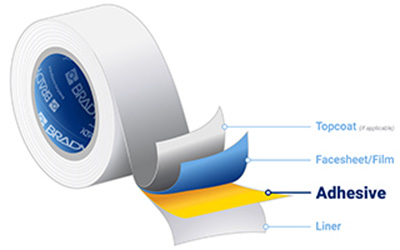
When it comes to label adhesives, the base material sets the stage for durability and how well a label will adhere to specific surfaces. Two of the most common materials used in adhesive production are acrylic and rubber, each offering distinct characteristics that cater to specific applications.
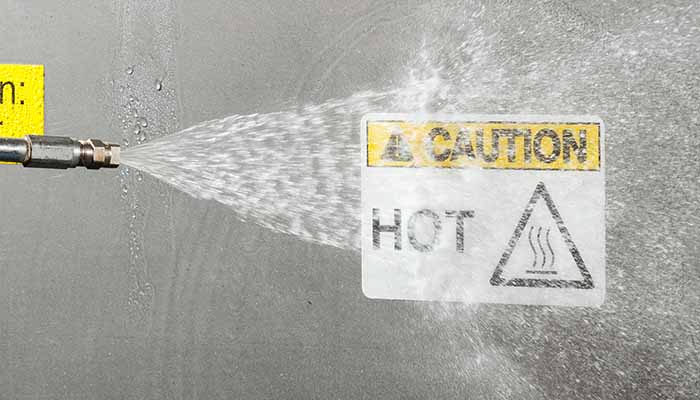
Acrylic-based adhesives are known for versatility and durability. They excel in their ability to adhere to a wide range of surfaces, including paper, plastic, glass and metal. Acrylic-based adhesives are known for longevity because of excellent resistance to elements and wear and tear.
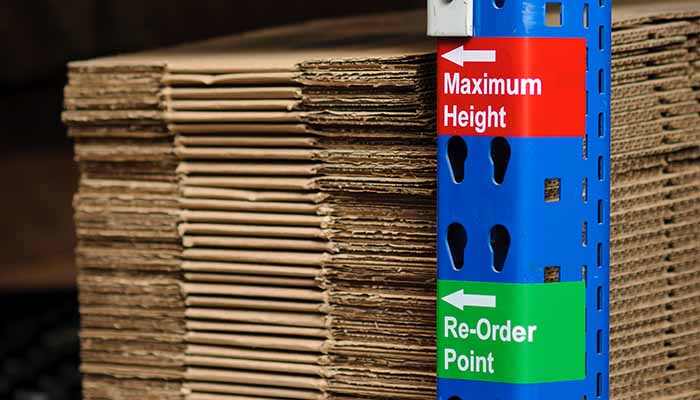
Rubber-based adhesives are best suited for applications where flexibility and conformability are essential. Rubber-based adhesives conform to irregular, uneven, curved or textured surfaces. They’re pliable to allow for a secure bond, even on surfaces that may not be perfectly smooth.
Label adhesives are composed of a carefully engineered set of traits to adapt to various conditions, applications and needs. These include: adhesive strength, resistance to elements, temperature handling, and ideal environment. Depending on the combination, label adhesives can be grouped by property. Here are some of the most common label adhesive properties.
When it comes to labeling solutions that need to stand the test of time and harsh environmental conditions, permanent adhesives are the go-to choice. Their qualities make them an indispensable choice where long-lasting and resilient labeling is a priority.

Permanent adhesive forms a strong and lasting bond with a surface and ensures a label adheres securely to keep its information where it’s intended.

Permanent adhesive has exceptional resistance to a range of elements. It won’t deteriorate or lose adhesion due to repeated exposure to chemicals, water or solvents.

Permanent adhesive is highly versatile when it comes to temperature extremes. It can endure both high and low temperature ranges, as well as cryogenic settings.

Permanent adhesive is highly versatile when it comes to temperature extremes. It can endure both high and low temperature ranges, as well as cryogenic settings.
Removable adhesive labels offer a balance between secure adhesion and easy removal, making them ideal for areas that require temporary labeling and frequent changes.

Removable adhesive is designed to create a secure bond with a variety of surfaces while allowing for clean and residue-free removal.

While removable adhesive is not as resistant as permanent adhesive labels to harsh environmental factors, it does offer moderate resistance to chemicals and water.

Removable adhesive is generally designed for use in standard temperature environments and may not perform optimally in extreme temperature conditions.

Removable adhesive finds its niche in less harsh, more stable indoor environments. It’s necessary where labeling changes are frequent or where the label's needed lifespan is short. It’s often ideal for alphanumeric and barcode applications in electronic component marking as well as retail pricing, shelving and Lean/5S labeling.
Repositionable adhesive strikes a balance between convenience and durability to allow for multiple reapplications without compromising bonding capabilities.

The adhesive formulation of repositionable adhesive labels enables them to be reapplied multiple times with minimal loss to adhesion strength.

Repositionable adhesive is suitable for use in indoor environments or semi-protected outdoor environments where occasional exposure to mild chemicals or moisture may occur.

Repositionable adhesive is typically designed for standard temperature ranges. It may not be the best choice for applications subjected to extreme temperature conditions or cryogenic settings.

Repositionable adhesive is ideally suited for indoor environments that require flexibility in label placement. It’s often found in bin labeling, shelving and Lean/5S applications.
Temperature-specific adhesives are engineered to meet the unique demands of high-temperature, low-temperature and cryogenic environments. It’s an essential tool in industries where temperature extremes are part of daily operations.

Temperature-specific adhesives are available in formulas optimized for maximum adhesion in specific temperature ranges.

The resistance properties of temperature-specific adhesive can vary depending on the adhesive type chosen, and may include resistance to chemicals and water.

Temperature-specific adhesive labels are engineered to perform optimally within their designated temperature ranges. High-temperature labels have the durability to endure extreme heat without losing adhesion or legibility. Low-temperature labels remain effective in deep freezes, ensuring they can be relied upon even in the most frigid conditions. Cryogenic labels are essential for ultra-low-temperature storage environments, where they must maintain their integrity and adhesion despite the extreme cold.

These labels are indispensable in applications where temperature extremes are a constant presence. High-temperature adhesive is crucial for tracking products and components through processes involving extreme heat in industrial settings. In the aerospace and aviation industries, low-temperature adhesive labels play a pivotal role in identifying and tracking components exposed to the cold of high-altitude flight. Laboratories rely on cryogenic adhesive labels to label and track samples stored in ultra-low-temperature freezers.
Now that we know the different types of label adhesives by property and what they’re made of, let's take a look at specific labeling applications and the label adhesives most commonly used.
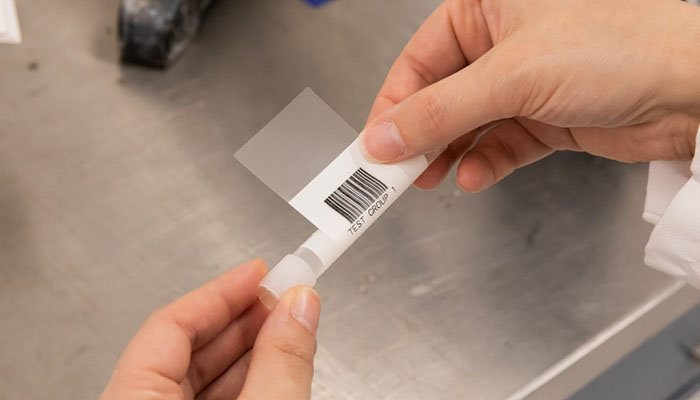
For barcode labels in product identification and inventory management, acrylic-based permanent adhesive is commonly preferred due to its exceptional durability. This adhesive type ensures that labels stay securely attached to products, even in challenging conditions such as varying temperatures and frequent physical handling. It offers excellent adhesion to a variety of surfaces, from paper to plastic to metal. Additionally, acrylic adhesive maintains its integrity over time, resisting degradation, discoloration and brittleness.
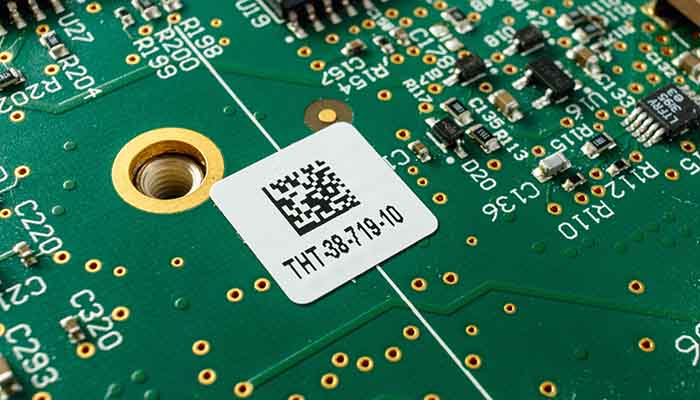
Circuit board labels in electronics and technology applications rely on acrylic-based permanent adhesive thanks to the excellent temperature resistance and consistent strong bond. This helps provide the longevity and reliability that electronic components and systems demand.
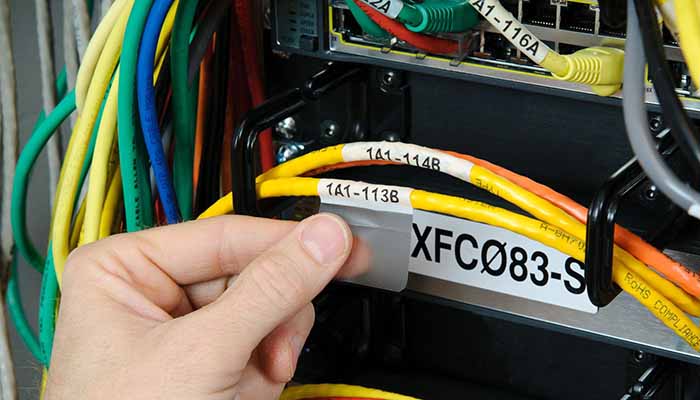
DataCom labels are essential in telecommunications and networking. Acrylic-based permanent adhesive is preferred to ensure that DataCom labels remain intact for the equipment's entire lifespan. It can reliably adhere to materials commonly found in telecommunications and networking environments, such as plastic, metal, and cable insulation, and resist extreme temperatures and frequent handling.
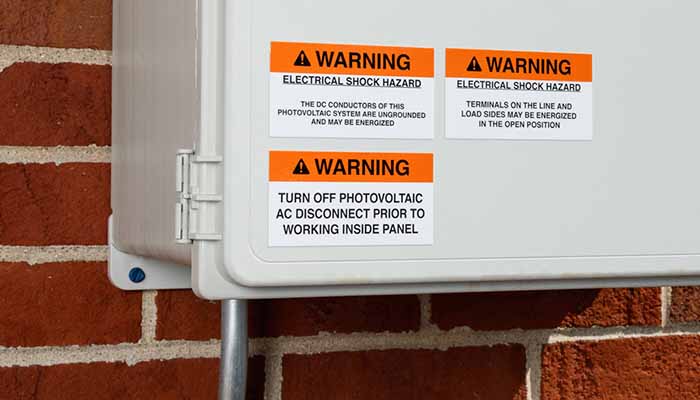
In the electrical and energy sectors, acrylic-based permanent adhesive is crucial on electrical labels due to its temperature resilience and long-term adhesion. It ensures labels stay securely attached even in challenging conditions, which is essential for safety and operational efficiency.
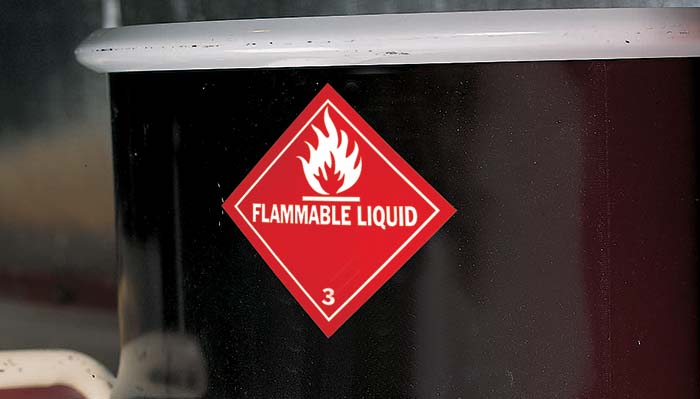
For hazardous material labels, label adhesive that is temperature-specific and chemically resistant is crucial for safety and compliance as these labels must stay securely attached to the containers they identify even when exposed to varying temperatures. The choice of adhesive material should be based on specific chemical resistance requirements.
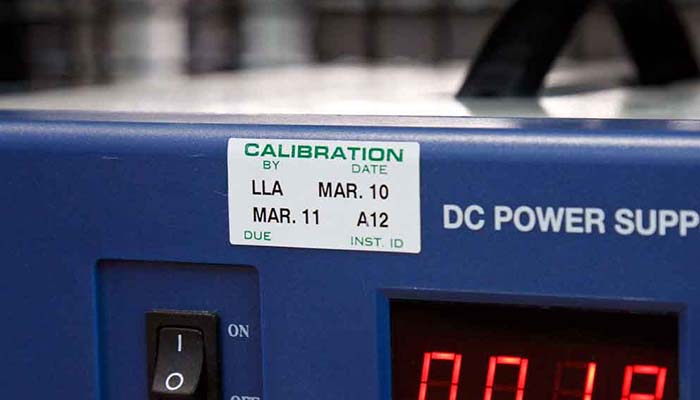
Acrylic-based label adhesive is often preferred for inspection and inventory labels, though different properties are called for depending on need.
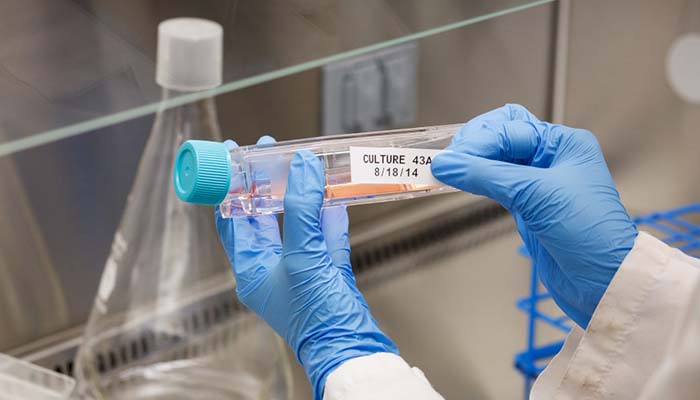
The choice of label adhesive for laboratory labels depends on the required temperature range and chemical resistance. Often, temperature-specific adhesive is vital to ensure that labels stay secure on samples and equipment exposed to different temperatures to preserve data and specimen accuracy.
At Brady, we understand the critical role that label adhesive plays in ensuring labels stay securely in place, provide accurate information and withstand the challenges of specific industries. Whether you're navigating the demands of a high-temperature industrial setting, managing complex aerospace components, or maintaining the integrity of labels in sensitive laboratory environments, we have the expertise and solutions you need.
Don't leave your labeling to chance. Partner with Brady, and let us help you find the perfect adhesive solution. Whether you have questions, need advice, or are ready to make an informed choice, our experts are here to assist you every step of the way.
Explore Labels Request a sample
Explore why label construction matters, what could happen with the wrong label and more!
Read Now
Navigate the world of wire markers and label printers, discerning the nuances between Bluetooth cable printers and traditional options.
Read Now
Dive into the Importance of labeling in a lab environment including the top 5 reasons why you should label in a lab.
Read Now